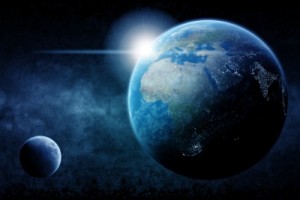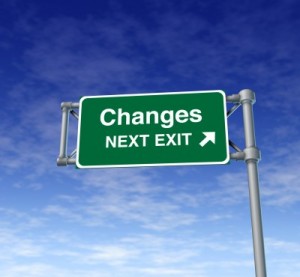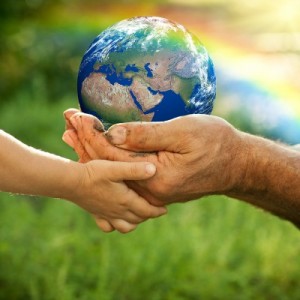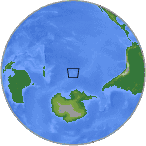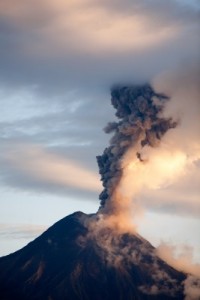
Volcanic eruptions increase at the poles and at the equator.
An increase in both earthquake and volcanic activity near the North Pole and near the equator is a clear sign that the Earth’s axis is becoming more unstable.
Increase In Volcanic Eruptions At The Equator
- Kilauea: Hawaii
- Telica: Nicaragua
- Taal: Phillipines
- Popocatepeti: Mexico
Increase In Volcanic Eruptions At The North Pole and South Pole
- Pavlof: Alaska
- Veniaminof: Alaska
- Cleveland: Alaska
- Shiveluch: Kamchatka, Russia
- Chirinkotan: Kamchatka, Russia
- Ambrym: south of Vanuatu, S. Pacific
There are more than 150 volcanoes in Kamchatka, and up to 30 of them are active; Shiveluch and Chirinkotan both have had marked increases in ash and steam over the past 24 hours.
As the poles continue to wobble with an unstable spin, more crustal movement will occur. Watch for an increase in earthquakes and volcanoes at both the poles and along the equator.
